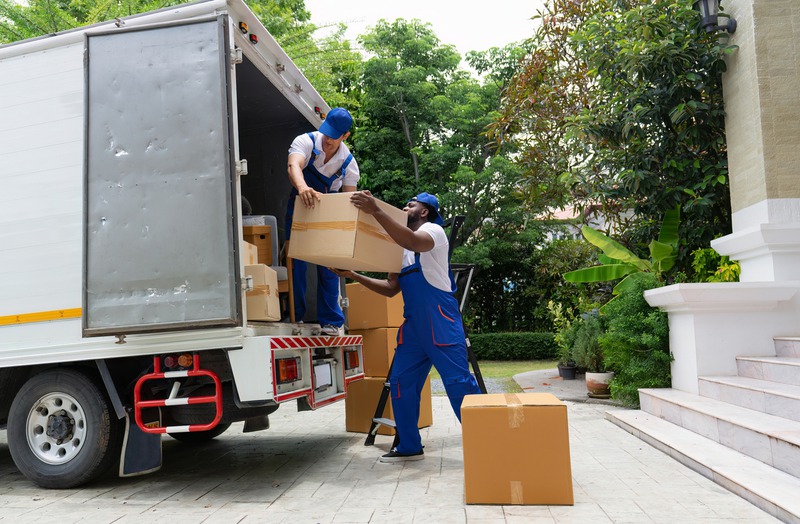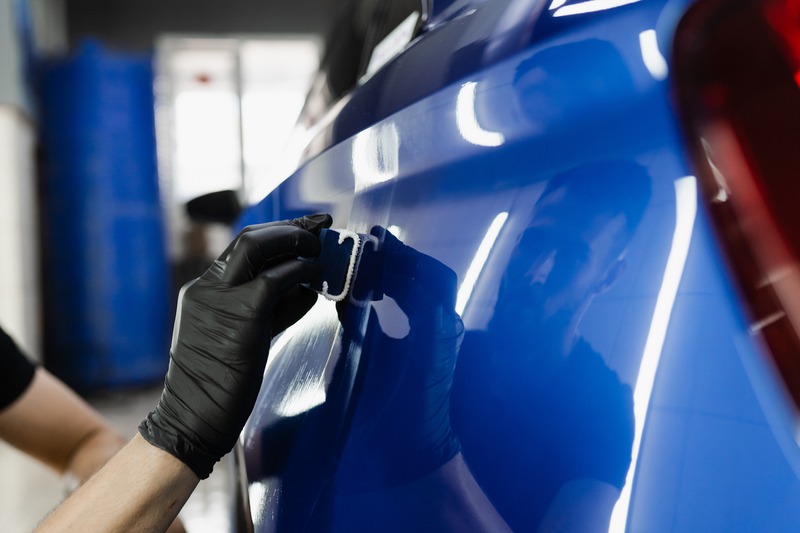Moving fragile items can be a nerve-wracking experience. Whether it’s your grandmother’s china, an ornate vase, or a collection of vintage records, ensuring these items get from one place to another safely is essential. This is where professional movers come into play. They have the skills, experience, and tactics to handle delicate items with care and precision.
Understanding Fragility and Importance
When you think about fragile items, they can range from glassware and ceramics to electronics and antiques. Each item requires a different approach based on its material, shape, and size. Professional movers take the time to assess these factors to determine the best way to pack and transport every piece safely.
Item Assessment
The first step movers take is a comprehensive assessment of each fragile item. They examine the weight, dimensions, and material composition. Any special considerations, like the item’s history or value, are also taken into account. This ensures movers understand what’s at stake if an item is damaged during transit.
Packing Materials
Using the right packing materials is crucial for protecting delicate items. Professional movers rely on high-quality supplies that offer the necessary protection. Here’s what they typically use:
-
Bubble wrap for cushioning delicate surfaces
-
Foam peanuts to fill empty spaces and prevent shifting
-
Corrugated boxes for sturdy packaging
-
Foam corners for additional reinforcement
-
Specialty boxes designed for specific items like mirrors or TV screens
Packing Techniques
Beyond materials, the technique is vital. Movers employ specific methods to ensure items are secure:
Layered Protection
Movers use a strategy of layering materials to provide cushioning. For instance, wrapping an item first in paper, then in bubble wrap, and finally in a box with foam peanuts creates multiple layers of protection against shocks and vibrations.
Smart Labeling
Labels play an important role in tracking fragile items. Professional movers mark boxes clearly with “Fragile” and “This Side Up” labels. These instructions help ensure everyone handling the boxes knows to take extra care.
Custom Crating
Custom crates are often the solution for exceptionally valuable or oddly shaped items. These crates are built specifically for an item’s size and shape, offering a tailored fit that significantly reduces movement during transport.
Loading and Transport
Properly packing fragile items is half the battle. How they’re loaded and transported is equally important.
Strategic Placement
Movers place delicate items strategically in the moving vehicle. Heavier items are loaded first to create a stable base. Fragile items are placed on top, ensuring heavier boxes do not weigh them down.
Secured Transport
Within the vehicle, movers use straps and ties to secure all items. This prevents shifting that could lead to damage. The goal is to create a compact load that won’t move, even on bumpy roads.
Local Move and Long-Distance Move
The approach to handling fragile items might vary slightly between local and long-distance moves.
Local
For local moving services, the proximity allows for easier control and quicker reactions if adjustments are needed. Timing is more flexible, which can be beneficial for scheduling careful handling of fragile items.
Long-Distance
With long-distance moving services in St. Louis, movers often need to consider the added time and potential handling during transit stops. More emphasis is placed on secure packing and possibly additional materials to withstand the longer journey.
Training and Technology
Professional movers are backed by rigorous training and sometimes technology solutions.
Training Programs
Most moving companies provide extensive training for their staff. Movers learn the best practices for packing, handling, and transporting fragile items. They’re also trained to deal with unforeseen problems during a move.
Technology Aids
Some movers incorporate technology to enhance their service. Inventory management software can track items efficiently, while sensor-equipped boxes can alert movers to excessive movement or other potential problems.
Communication with Clients
Clear communication with clients is vital. Movers work with clients to understand their priorities, which items need the most care, and any specific instructions clients might have for handling certain items.
Deciding how fragile items should be handled might involve more than just the movers’ input; clients often have valuable insights based on their knowledge of the items’ history and significance.
Insurance and Peace of Mind
While meticulous care is taken, accidents can happen. Movers offer insurance options to provide peace of mind. Knowing your items are covered against damage can make the moving experience far less stressful.
Types of Insurance
-
Released Value Protection: No additional cost, but minimal coverage
-
Full Value Protection: More comprehensive, offering repair, replacement, or full cost
The Expertise of Movers
Entrusting your fragile items to St. Louis moving experts means benefiting from their years of experience and dedication to the art of moving. Their expertise allows them to foresee potential issues and prevent them before they happen.
Whether it’s packing, loading, or transporting, movers’ familiarity with the process allows for a smoother and safer move for all your treasured belongings.
Final Thoughts
Handling delicate items goes beyond simply placing them in a box. It requires understanding, meticulous planning, and professional execution to ensure everything arrives intact. By trusting professionals, you’re giving your fragile items the care and attention they’re due, which is priceless when preserving your cherished possessions.





